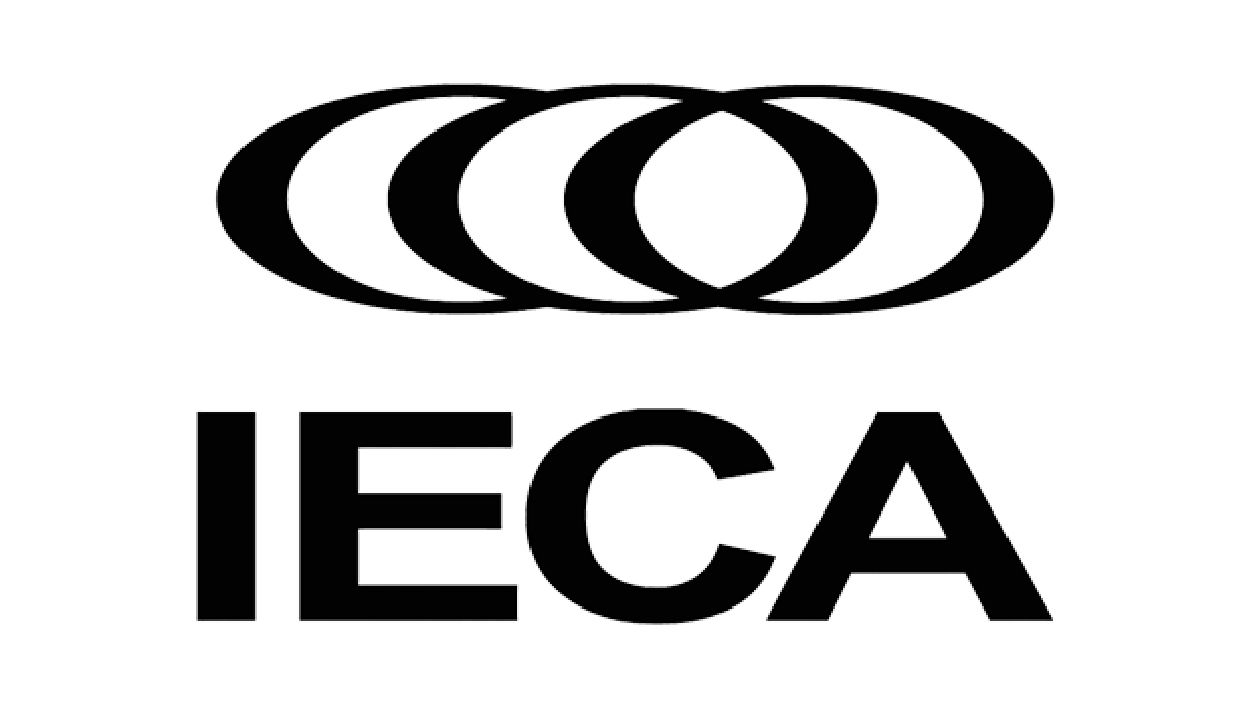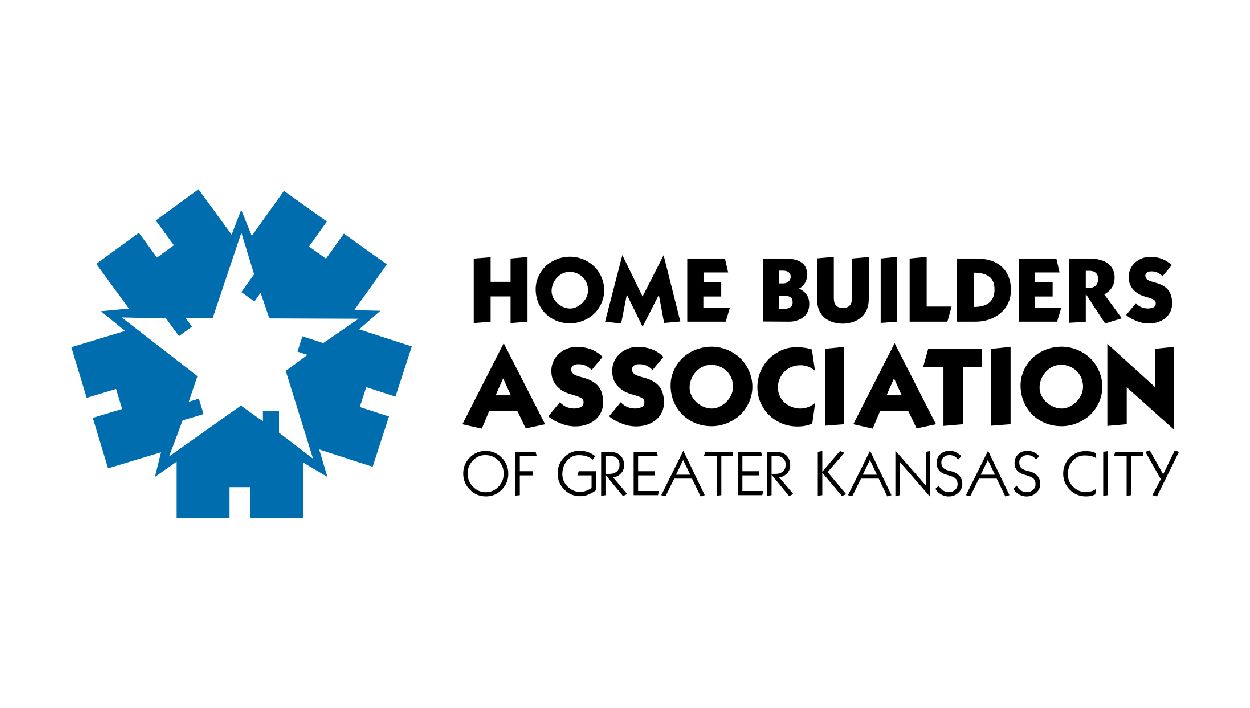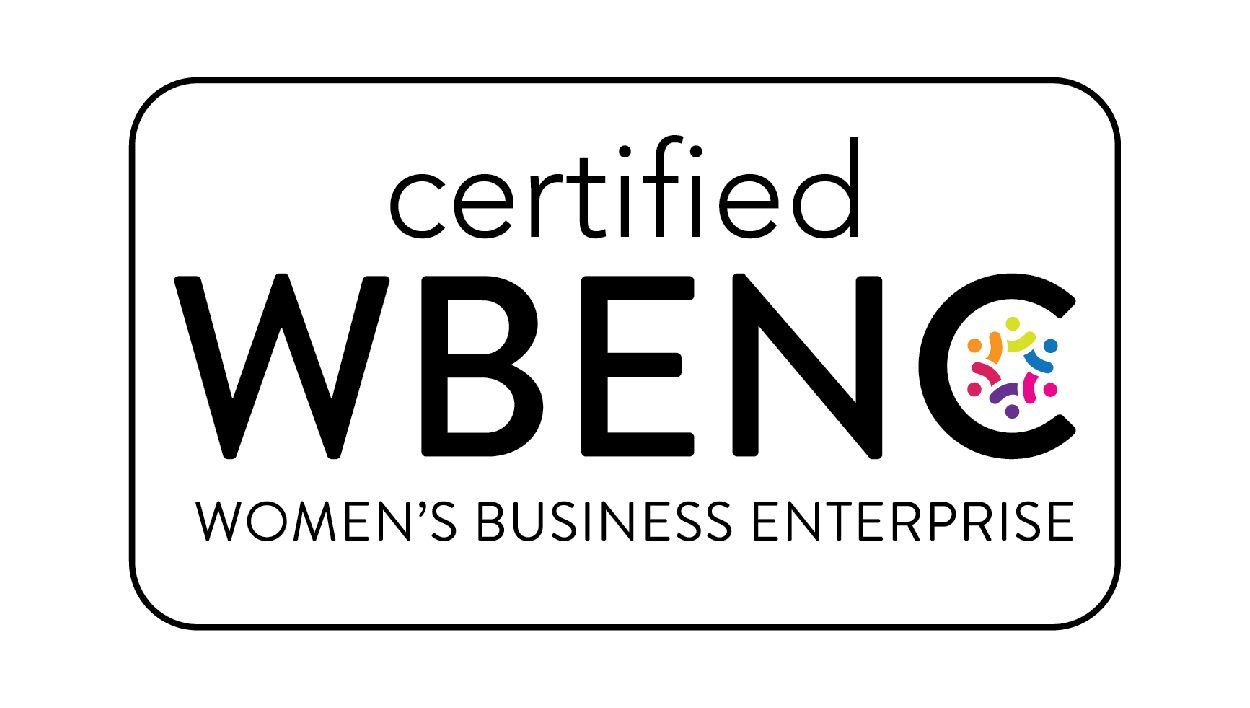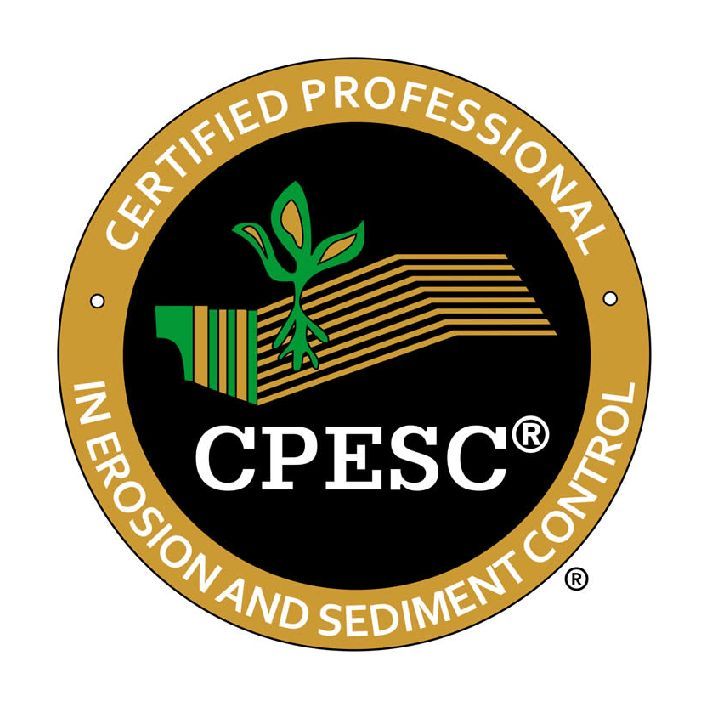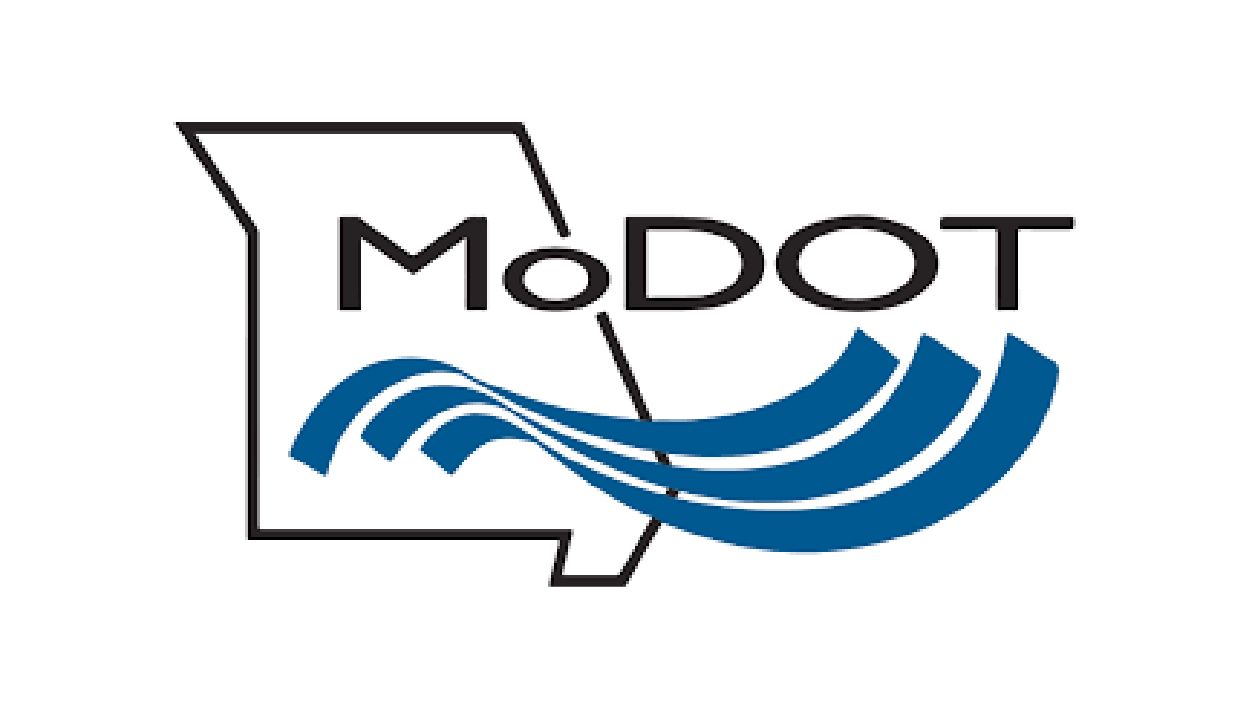FAQs
Erosion Control Inc
What is a SWPPP inspection?
A SWPPP (Stormwater Pollution Prevention Plan) inspection is a site review conducted to ensure that a construction project is complying with its SWPPP and applicable stormwater regulations—primarily under the Clean Water Act and NPDES (National Pollutant Discharge Elimination System) permits.When are SWPPP inspections required?
SWPPP (Stormwater Pollution Prevention Plan) inspections are required on construction sites that disturb 1 acre or more of land (or are part of a larger common development) and are regulated under the EPA’s NPDES Construction General Permit—or an equivalent state permit. The required frequency of SWPPP inspections depends on the type of permit, the inspector's qualifications, and weather conditions.What is a SWPPP?
A SWPPP is a site-specific, written document that identifies potential sources of stormwater pollution and describes stormwater control measures (BMPs—Best Management Practices). It contains detailed inspection and maintenance procedures and is required by the EPA or a delegated state agency for construction sites disturbing 1 acre or more.How often are SWPPP inspections required?
Inspection frequency is determined by the NPDES permit or state and local requirements, typically occurring at least once every 7 to 14 days and within 24 hours after a 0.5”+ rain event. Some states allow inspections every 14 days if combined with post-storm inspections.What happens during a SWPPP inspection?
A qualified inspector typically reviews the SWPPP document to ensure it is complete, up to date, and available on-site. They will walk the site to visually inspect for signs of erosion, sediment runoff, or pollutant discharges, and check Best Management Practices (BMPs) such as silt fences, inlet protections, and stabilized entrances to confirm they are properly installed, functional, and well-maintained. The inspector also examines stormwater discharge points for signs of pollution leaving the site, documents their findings using a checklist and photos to record compliance or deficiencies, and recommends corrections for any areas that require repair, cleaning, or modification.What is an SPCC plan?
An SPCC plan is required for facilities that store more than 1,320 gallons of oil aboveground (in containers ≥55 gallons), or those that store 42,000 gallons underground and aren’t subject to certain underground storage regulations, and that could reasonably be expected to discharge oil into U.S. waters. This includes diesel, gasoline, hydraulic oil, lubricants, etc.What is an SPCC inspection?
An SPCC inspection refers to the regular inspection of facilities under a Spill Prevention, Control, and Countermeasure (SPCC) Plan, which is required by the U.S. Environmental Protection Agency (EPA) to prevent oil spills from reaching navigable waters or shorelines.What is a CPESC?
CPESC (Certified Professional in Erosion and Sediment Control) is a nationally and internationally recognized certification that identifies professionals who are technically proficient in designing, inspecting, and managing erosion and sediment control practices—particularly for land-disturbing activities like construction, mining, or roadway projects.What does a CPESC do?
A CPESC-certified professional is qualified to design and implement erosion and sediment control plans, evaluate the effectiveness of Best Management Practices (BMPs), prepare and review SWPPPs (Stormwater Pollution Prevention Plans), and conduct site assessments and inspections for compliance with local, state, and federal regulations. Additionally, they can advise clients, contractors, or municipalities on proper soil stabilization and pollution prevention methods, as well as provide expert testimony or reports in regulatory or legal contexts.How often does the EPA inspect construction projects?
The EPA itself rarely inspects every construction project—instead, it relies heavily on state environmental agencies (authorized under the Clean Water Act’s NPDES program) to handle the majority of inspections. However, the EPA does perform targeted inspections, particularly for large-scale or high-risk projects, repeat violators or noncompliant operators, projects in sensitive watersheds or near impaired waters, and random audits to enforce federal compliance.

